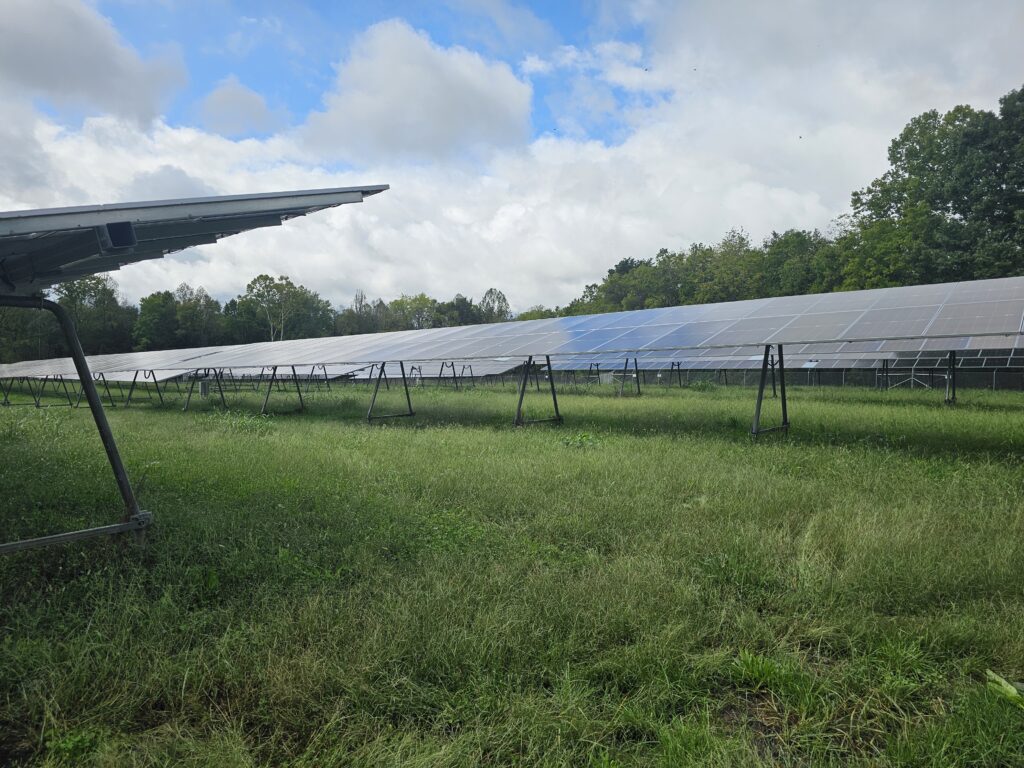Home / Environment / Virginia Tackles Surging Energy Demands and Decarbonization Goals
Virginia Tackles Surging Energy Demands and Decarbonization Goals
10 Oct
Summary
- Virginia energy demand projected to rise 8% by 2030, 20% by 2035
- Reliance on natural gas amid supply chain issues and renewable challenges
- Calls for rural community engagement to achieve energy security

According to a report released on October 10, 2025, Virginia is facing a significant increase in energy demands over the next decade. The George Mason University study projects an 8% rise in energy consumption by 2030 and a 20% jump by 2035, largely driven by the growth of data centers and manufacturing.
In 2023, Virginia was the top energy importer from other states, and the report suggests the commonwealth will continue to rely on natural gas, along with nuclear power and increasing solar, to meet its energy needs. However, the transition is complicated by supply chain issues and the loss of federal incentives for renewable projects.
Adjunct Professor Paul Bubbosh of the Schar School of Policy and Government at George Mason emphasizes the importance of engaging rural communities to achieve lasting energy security. He encourages utilities to ramp up efficiency efforts and work with data centers to reduce grid reliance. The report also suggests requiring more project details before calculating energy demands, as some data center plans may not materialize.
To move forward, the report urges state and local governments to collaborate on community energy assessments and infrastructure planning, rather than relying on top-down directives. By prioritizing Northern Virginia's energy needs first, the state can then turn its attention to other regions, bringing rural residents into the conversation.




